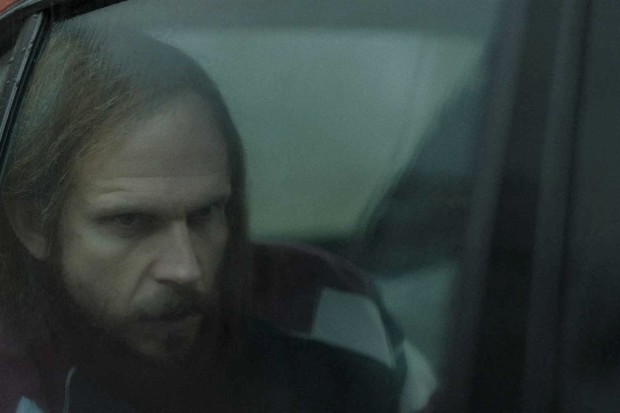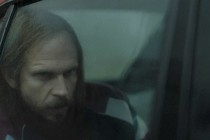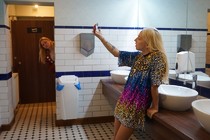LOCARNO 2023 Out of Competition
Review: What Remains
- Centred on an alleged serial killer forced to delve into his murky past, the film by Chinese artist Ran Huang gracefully shows the dark side of humanity

Born in China in 1982, Ran Huang is a director and screenwriter, but also and most of all a world-famous artist. After moving to the UK to study art, it is in Europe that his career took off. His work is decidedly multidisciplinary, based on the interplay between cinema and video combined in surprising ways with painting, sculpture, installations, design and performance. His short film The Administration Glory was selected at the Cannes Film Festival, while his feature debut, What Remains [+see also:
trailer
film profile], a film both cruel and poetic in which the broken voice of humanity tries to make itself heard, has premiered Out of Competition at the Locarno Film Festival.
Ran Huang's first feature film shows the abuses of psychotherapy when it goes beyond what is lawful, manipulating and breaking the minds of already fragile people. A victim who has now become an executioner, the protagonist of What Remains is no longer master of his memories, as they turn into waking nightmares. Surrounded by professionals who are supposed to alleviate his suffering, his inner wounds still continue to bleed, invisible testimonies of indelible traumas.
Set in Scandinavia, the film tells the true story of Mads Lake (played by the amazing Gustaf Skarsgård), a restless, elusive and hyper sensitive man who confesses to crimes he doesn't remember committing. His psychotherapist Anna Rudebeck (Andrea Riseborough) and the policeman Soren Rank (Stellan Skarsgård) who follows his case push Mads to relive the memories of a tormented past in which violence suffocates every moment. Determined to uncover the truth behind an unsolved kidnapping case, Anna and Soren begin developing with Mads a relationship of codependency that brings them dangerously close to the abyss. The explosive encounter between these three tortured souls confronts each of them with their own secrets and agonising fears.
Cinematographically transcribed through shots that hide, blur or put in shadow the faces and bodies of the protagonists often reflected on immense windows, the secrets tied to Mads' past remain so. Perpetually poised between truth and falsehood, past and present, What Remains shows us the complex mechanisms that regulate the human mind, emphasising the destructive power of unresolved traumas that transform human beings into monsters (as society defines them). With poetry and courage, Ran Huang discusses abuse, and manipulations that play dangerously with the concept of the victim. Although the psychotherapist tries to get in touch, in a non-judgmental way, with Mads' fragile and emotional side, her selfish thirst for the truth (if we can even speak of truth) takes the upper hand, making her lose sight of her professional obligations.“Try to empathise with him” Anna tells the policeman Soren, as if to remind us that behind the monster hides a frightened human being who tries with all his strength to fight against the demons of the past.
With a distressing atmosphere reminiscent of Lars von Trier's The Kingdom, and in the same vein as Dennis Cooper's Jerk, What Remains shows us humanity in all its glittering and disturbing complexity.
What Remains was produced by Fake Action Truth in co-production with Film Service Finland. It is sold internationally by Minerva Pictures.
(Translated from Italian)
Did you enjoy reading this article? Please subscribe to our newsletter to receive more stories like this directly in your inbox.

















